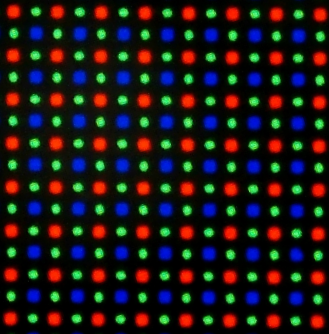SvennoJ said:
Poor resolution isn't the source of headaches though. High resolution and good graphics aren't needed for mass adoption either, see Wii Sports. Poor framerate, lag, high persistance cause a crappy experience. Cellphones are indeed not great candidates for VR. Perhaps they'll get better. I have more faith in OR delivering a suitable gen 2 product. It probably won't appeal to me as Wii Sports didn't either, yet with the right software it could become popular. As long as frame rate, lag and low persistance are priorities. |
Wii Sports doesn't give you headaches when you play it. The quality of the screen and the frame rate actually has a very relevant effect on user experience for VR where this was a complete non-issue with Wii Sports. The Wii/Wii sports was a success because it was cheap, easy to play, and fun for literally the whole family. No chance of headaches, no chance of vertigo. No having to pass around a wearable device to take truns on. I'm not sure why you're suddenly drawing a parallel between the two.
Question: Why do you think a $200 occulus standalone headset will offer a markedly better experience than a $900 cell phone with a $100 case/controller? You can't realistically expect that rumored headset to offer a better pixel density, and higher frame rate than a Samsung Galaxy S8 does, do you? You've already agreed that the Galaxy S8 in a headset isn't good enough. Why would this be better? You don't even know if this headset will offer quality positional headtracking, and you have to agree that at that price, it probably doesn't.
But wait hold up. You just argued that Google Daydream (and thus Gear VR) is the bare minimum of an acceptable VR experience and now it appears like you haven't even used Daydream or Gear VR? How can you make those claims? Now you're changing your tune to say that these devices are hurting VR when not minutes ago you were claiming they were a way that VR could succeed! You claim that high processing power isn't required for VR, and just completely dismissed the most popular low-power VR experience as "not VR at all". Which is it?
The more this conversation goes on, the more it sounds like you think VR will become mainstream because you really want it to, and not because that's actually realistic. Now you're bringing in Nintendo to the conversation with me? The scenarios you imagine for how this apparently can happen have jumped all over the place that it feels that you're just picturing VR solutions that you'd really like to have, not ones that millions of people are actually willing to pay for.





















































